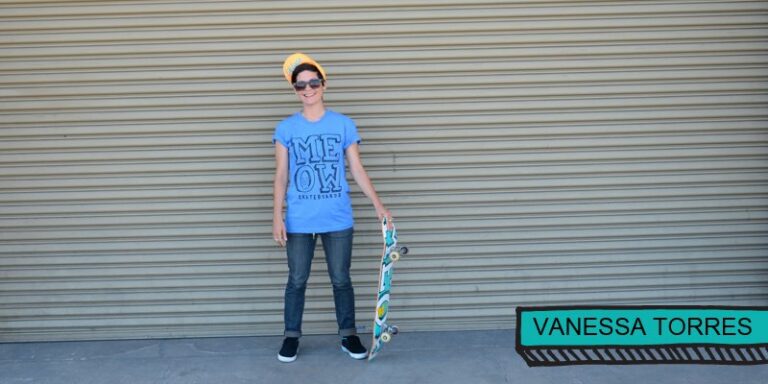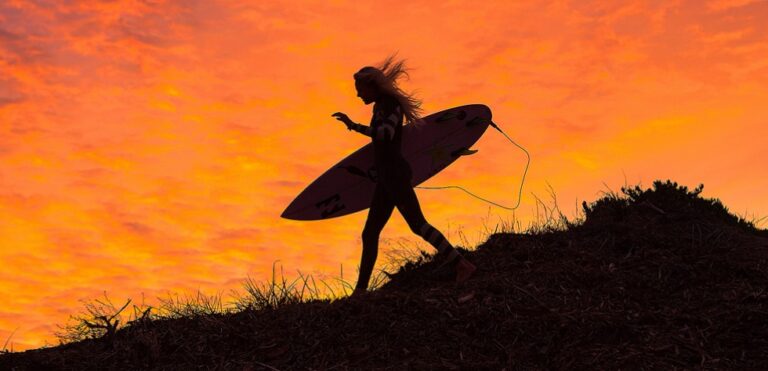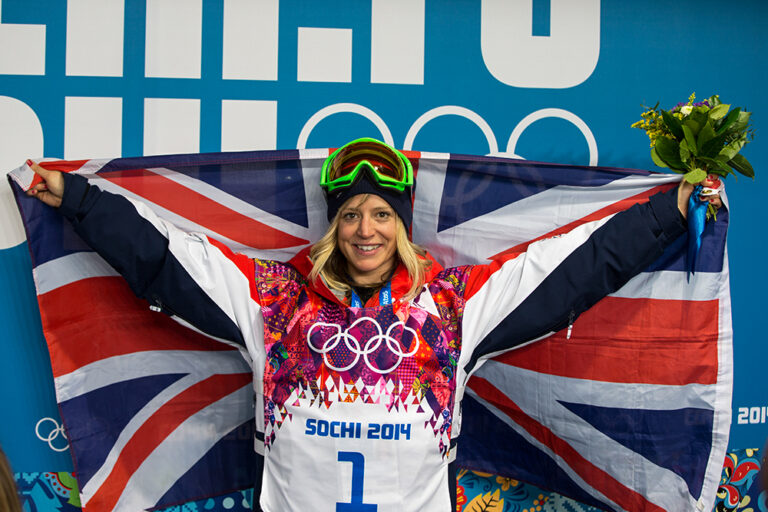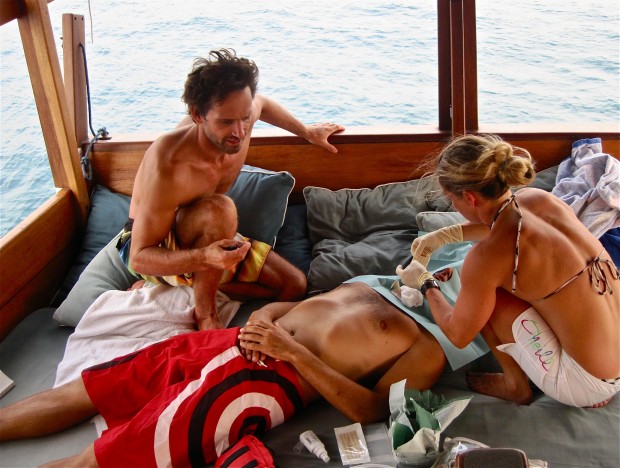
Surfing is amazing, thrilling, exciting, rewarding, challenging, endorphin-inducing, and so much more.
We could (and pretty much do) fill a whole magazine describing our favourite summertime activity. But unfortunately there’s no denying that it’s also really freaking dangerous.
Lisa is one of almost 200 surfing doctors in Europe, who don’t just follow the Hippocratic oath but share a passion for riding waves
Most doctors would agree. So those who share this passion have teamed up to make the world of surfing much safer. They’re known as the European Association of Surfing Doctors. Yes, really! It’s a non-profit organisation to improve medical care and treatment of surfers in and out of the water.
“It is a lot of work, especially since we’re all volunteers. But someone’s got to start and sacrifice time for their passion and ideology,” says Lisa, one of the volunteers. “But it’s also a lot of fun and the feedback is amazing too, so it definitely pays out.”
Lisa is one of almost 200 surfing doctors in Europe, medical professionals who don’t just follow the Hippocratic oath to help anyone in need, but also share a passion for riding waves and giving back to the community.
“There are a lot more doctors who surf than you would think. Naturally, they are quite different from your regular ‘doctor types’, having much more in common with the free spirit nature and smooth vibes of the surf lifestyle and the corresponding lifestyle.”
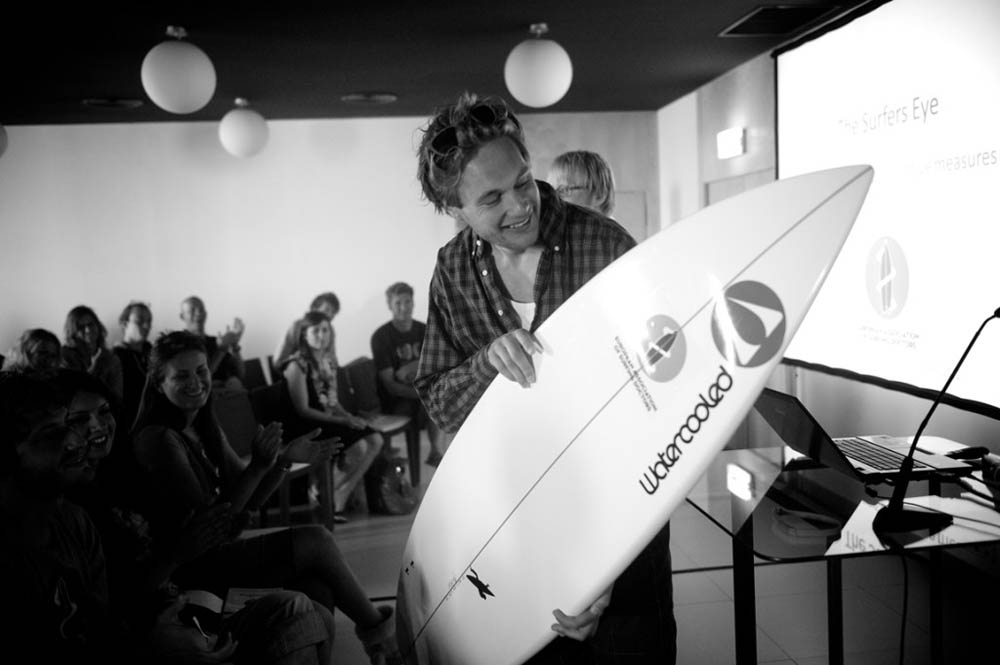
We all know, surfing’s not always just about paddling out, catching waves and having fun – wipeouts are just as much part of the game as the laughs.
When it’s your turn to take the next one, you’ll be much better off with a doctor close by, who not only medically knows how to treat you, but can also retrace where potential injuries came from.
Despite it’s history, medical research on surfing injuries is still limited.
With their annual conferences, basic and advanced rescue and safety courses as well as a global network of experienced medical professionals, the Association of Surfing Doctors is striving to change that.
The conferences provide a great platform for surf-enthusiastic healthcare professionals to exchange experiences, expand their knowledge and hone their skills.
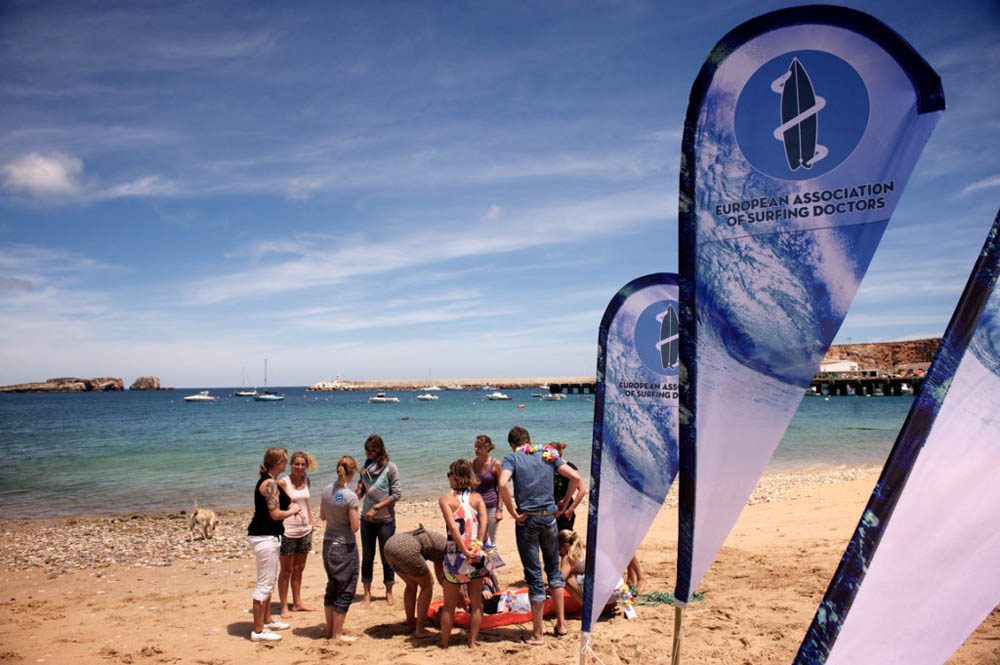
In addition to that, the ASD runs yearly courses for basic and advanced surf rescue. “At the courses, we simulate all different kinds of accidents that can occur surfing. From severe spinal or head injuries to simple fin cuts and rashes,” Lisa explains.
A surfing lifeguard completes the training with inside information on how to rescue injured surfers from the water in case there are no lifeguards available.
While it would be amazing to have surf doctors on all the spots we surf, it’s not really practical yet.
There is a list of all registered surf doctors available on their website though, that you can look and hit up to help you with the aftermath of a surf slam.
A surfer who had broken their pelvis would have had him bleed to death if there hadn’t been a experienced doctor on the spot immediately….
In G-Land, an especially hazardous reef break in Indonesia, the surf camp has teamed up with the Australian Surfing Doctors who have a regular practitioner set up there in exchange for accommodation.
They’ve saved at least one life already, where a surfer had broken their pelvis in a so-called open book fracture that would have had him bleed to death on the way to the hospital if there hadn’t been a experienced and skilled doctor on the spot immediately.
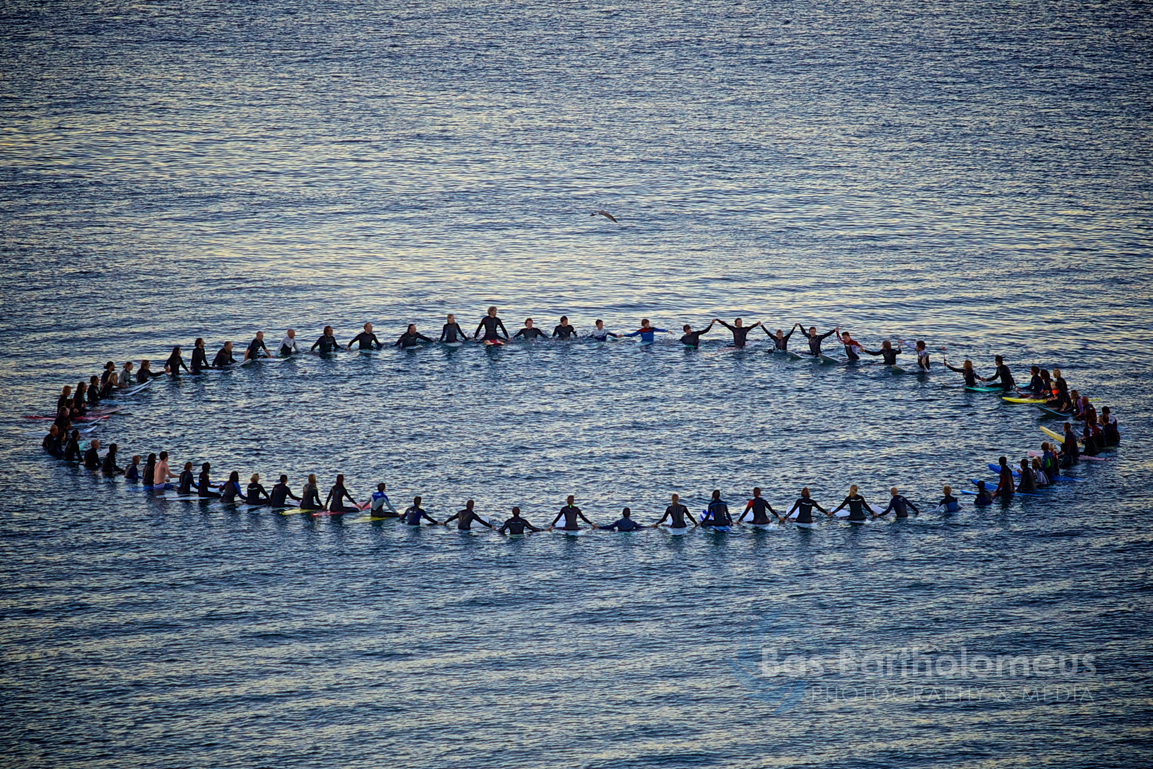
If you’re a surfing health care professional yourself, get involved with the European Association of Surfing Doctors. Visit their website: surfingdoctorseurope.com

